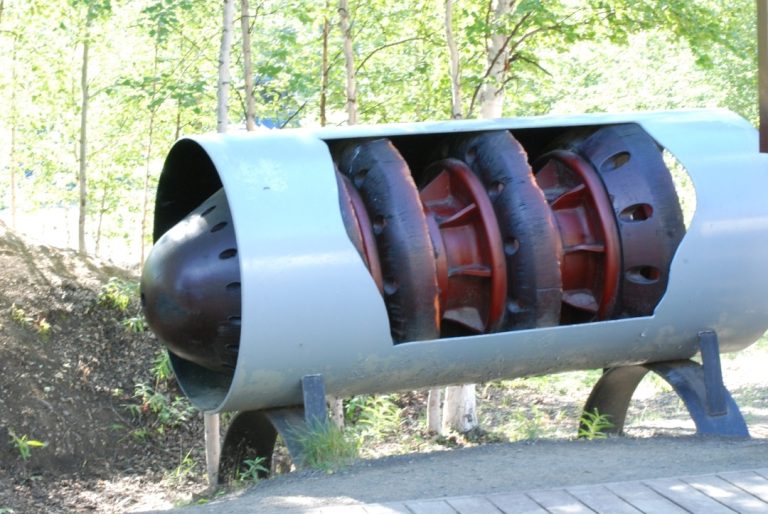What is a ‘Ladderback’ & Who is Making Them? –
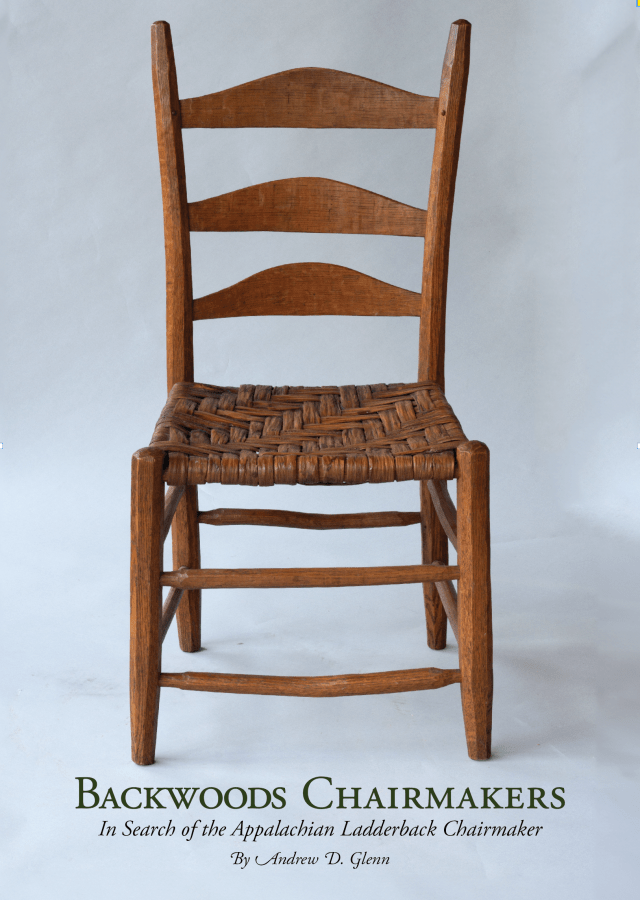
The copy editing changes are done, the interior design is locked down and we’re almost done with the dust jacket (the front of its current incarnation is shown above). We have a few last questions to sort, then “Backwoods Chairmakers: In Search of the Appalachian Ladderback Chairmaker,” by Andrew D. Glenn, will be off to press (click on the title to sign up to be notified when the book is available).
Below is an introduction by Andy to some of the makers of Appalachian ladderbacks covered in the book, and a look at their work. (To read Andy’s previous posts on the book, click here.)
– Fitz
While working on “Backwoods Chairmakers” for the past four years, the questions I’ve most frequently been asked are: “What is an Appalachian ladderback chair?” and “Are the makers passing it along?”
What is it? An Appalachian ladderback often has posts that bend backward above the seat, with a woven seat (hickory bark is common) and minimal ornamentation. That’s a common definition, but it fails to recognize the variation and creativity within the tradition, as you’ll see from the chairs presented here.
Is it being passed on? That question requires a more nuanced response. The chairmakers are sharing their knowledge, both with family and with those interested. A major challenge is the market for handmade chairs. I visited chairmakers who shared that chairmaking pointed towards a better life for earlier generations of their family. That’s not always the case today, with health insurance, a living wage and retirement to consider.
Every chairmaker’s situation is unique (as are their chairs). Each of them entered chairmaking, or continued in the family tradition, for their own reasons. I share some of those stories in “Backwoods Chairmakers.” And that’s all a maker can do – share their knowledge. It’s out of their hands at that point. The next generation must find the way to carry things forward.
What follows is a sample of Appalachian chairmakers and opportunities to connect with them or their work. Some are more public and accessible than others.
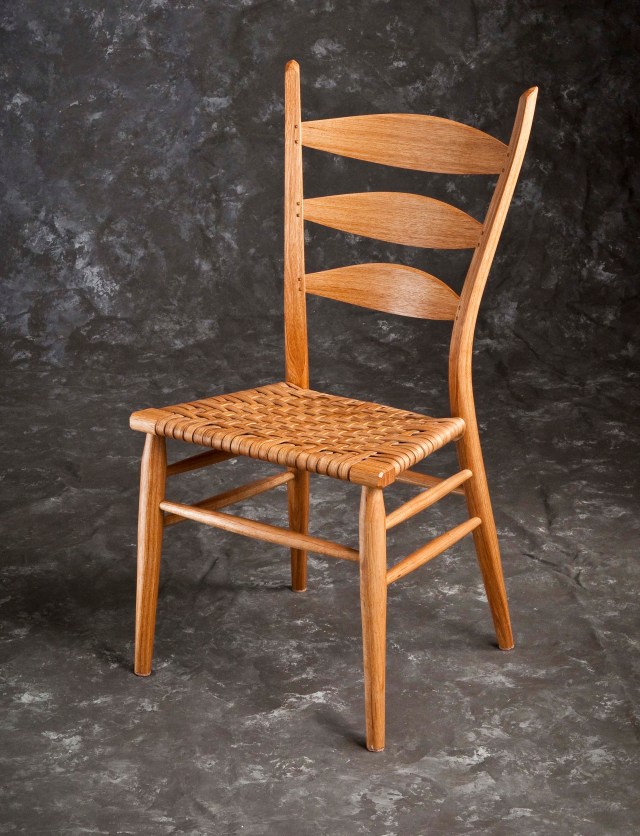
Brian Boggs. Brian makes high-end chairs and custom furniture in Asheville, North Carolina. He started his chairmaking career with the Jennie Alexander chair and a small set of hand tools. The Berea Chair, shown here, is a beautiful, contemporary design. While Brian no longer makes or teaches this chair, Jeff Lefkowitz and David Douyard both run classes on this form, as do Eric Cannizzaro and Mark Hicks. \You can find Brian’s work at www.brianboggschairmakers.com and he shares tips and techniques at boggsbench.com.
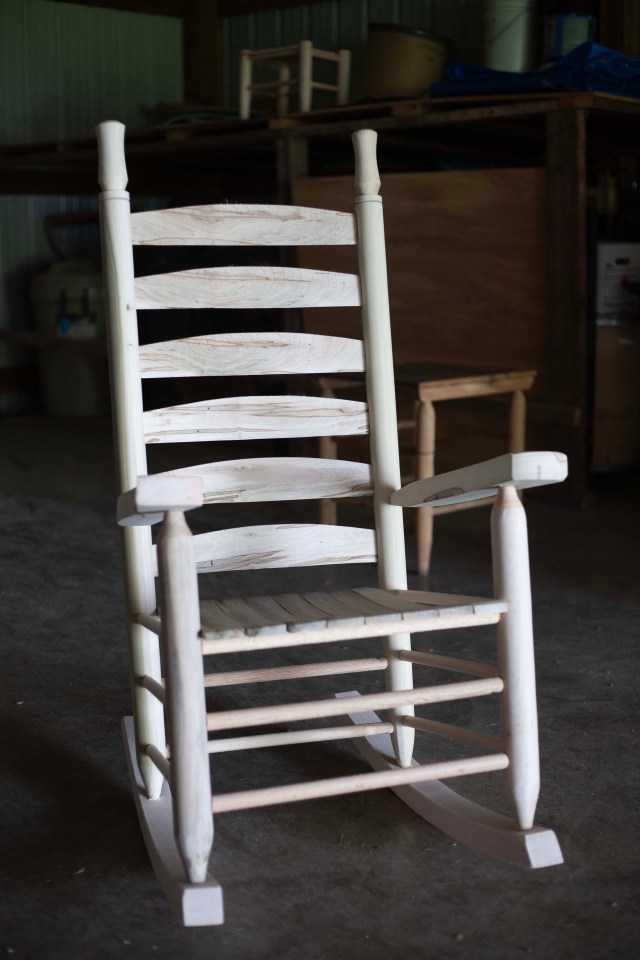
The chairs of Cannon County, Tennessee. These are cottage-industry chairs, with each chairmaker working from home in a mechanized, production-oriented shop. There are a handful of chairs on display at The Arts Center of Cannon County. One chairmaker in Cannon County has a website, Ronnie Smith of Mountain Chairs.
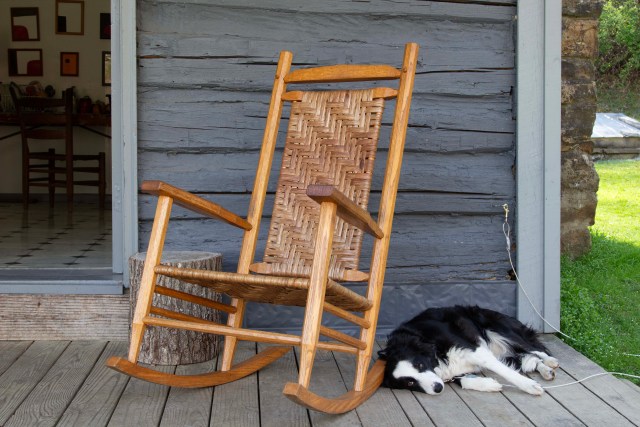
James Cooper. James, who left chairmaking in the 1990s and is now an artist, says he “will be the fifth generation to be put in the family plot,” which is on a Jackson County, Kentucky, ridge a short distance from his homestead.
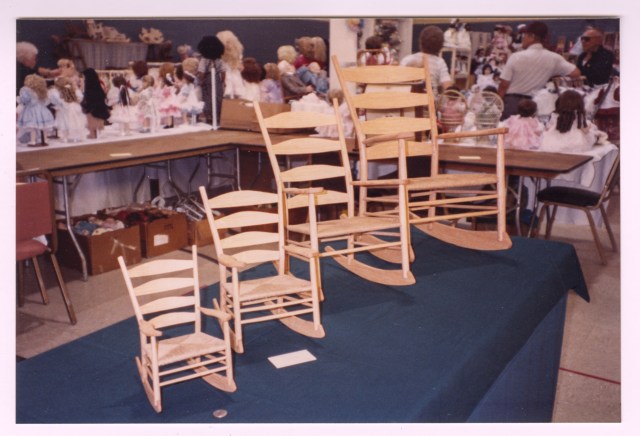
Tom Donahey. Tom shares his experience with those around Brasstown, North Carolina. His YouTube channel, Chairman Tom, is his way of reaching others with shavehorse and chairmaking knowledge.
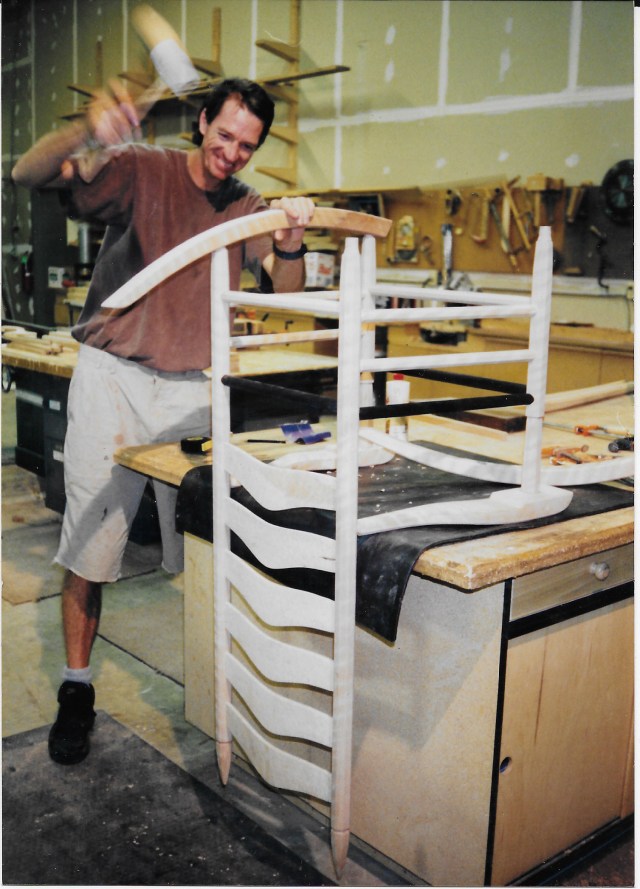
Michael Houston. Michael says he “caught the tail end of old-time culture in eastern Kentucky.” He’s lived in Colorado since 1994, and carries parts of that eastern Kentucky mountain culture with him today. You can see more of his work at Michael Houston Custom Furniture.
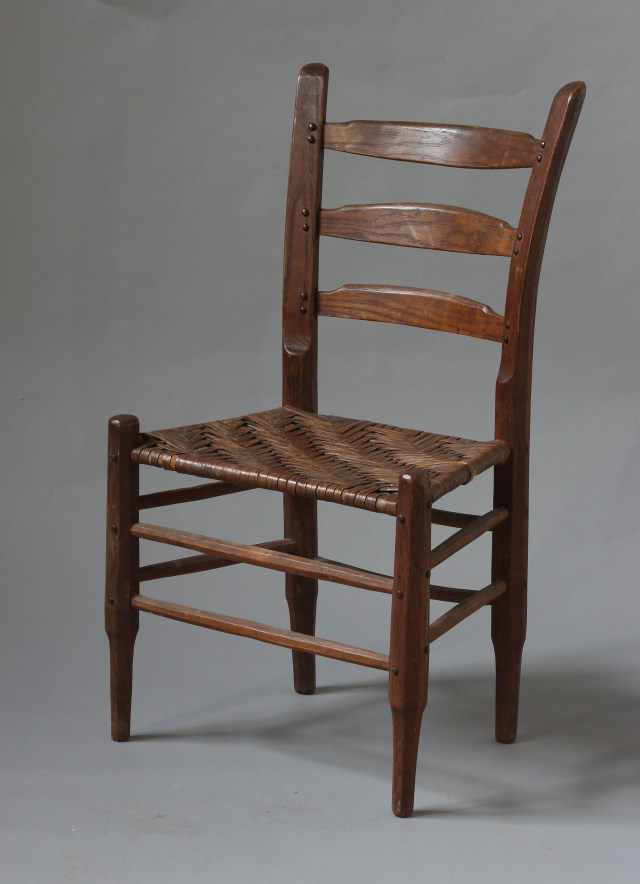
Chester Cornett (1913-1981). Chester was an eastern Kentucky chairmaker who lived in Cincinnati during the last 10 years of his life. He made beautiful traditional chairs before making eye-catching rockers. A few of his chairs are available to view at the Kentucky Folk Art Center in Morehead, Kentucky.
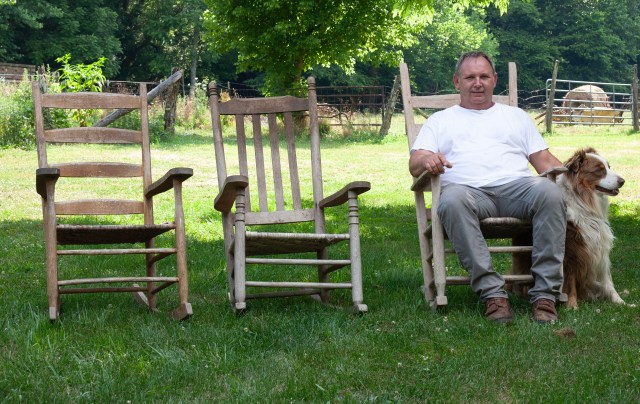
Newberry & Sons‘ Chairs. The Newberrys, of Red Boiling Springs, Tennessee, turn their chairs at the lathe and harvest hickory bark. I believe they are the largest commercial provider of hickory bark; they sell it directly to chairmakers (you can find ordering information on the website).
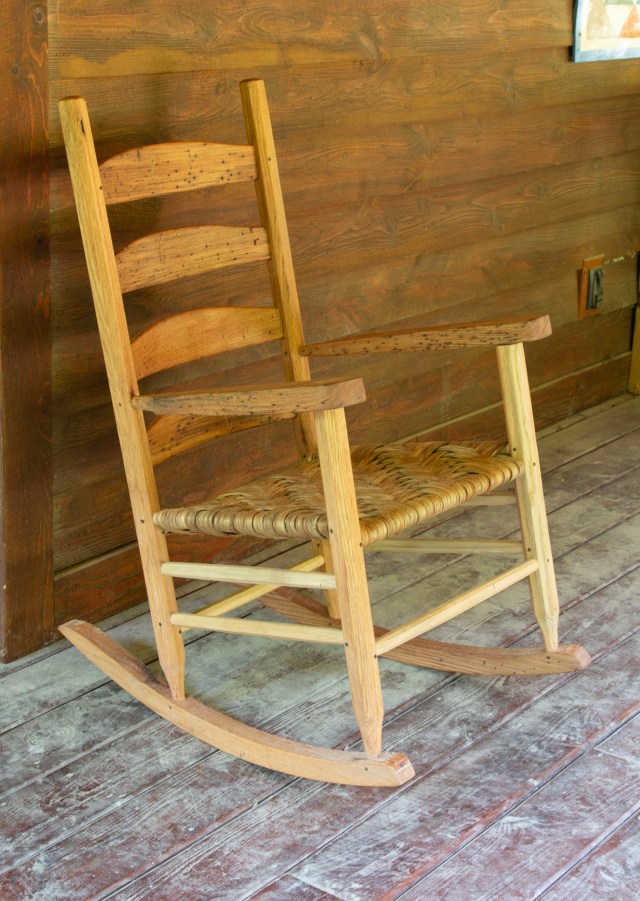
Mason Alexander. Mason has no website or phone number. Those interested in his chairs must travel his Rockcastle County, Kentucky, lane to place an order. Over the years, Mason has helped a number of interested chairmakers, but he said no one stuck with it (perhaps his grandson, Dylan, who helps Mason with the chairs and has made chairs himself, will be the exception).
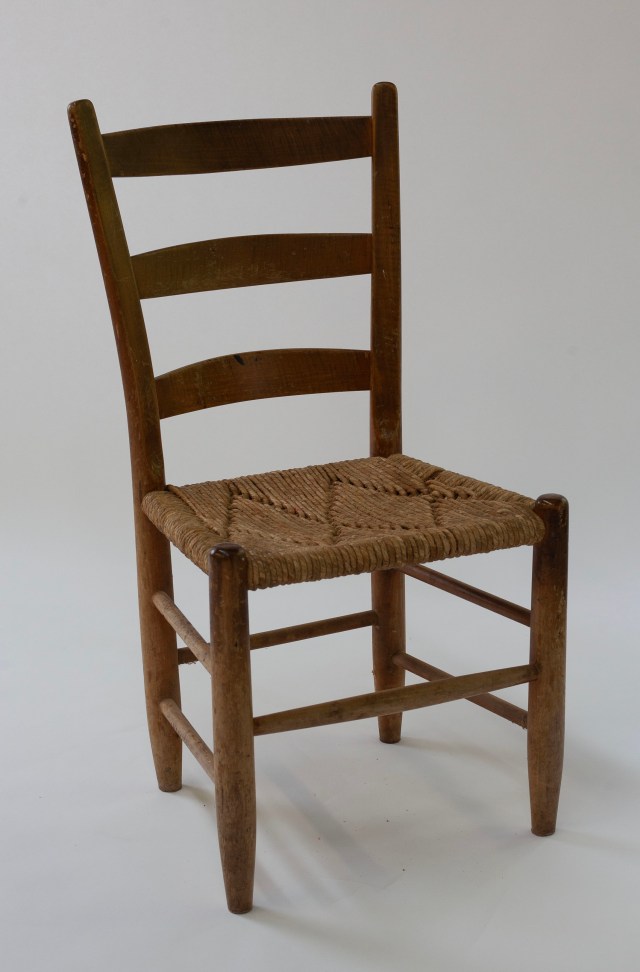
Randy Ogle. Randy, of Gatlinburg, Tennessee, is the third generation in his family of chairmakers and furniture makers. He has a shop and showroom on the Craft Loop Road. I recommend visiting when you’re in the vicinity. If you can’t visit in person, visit his website.
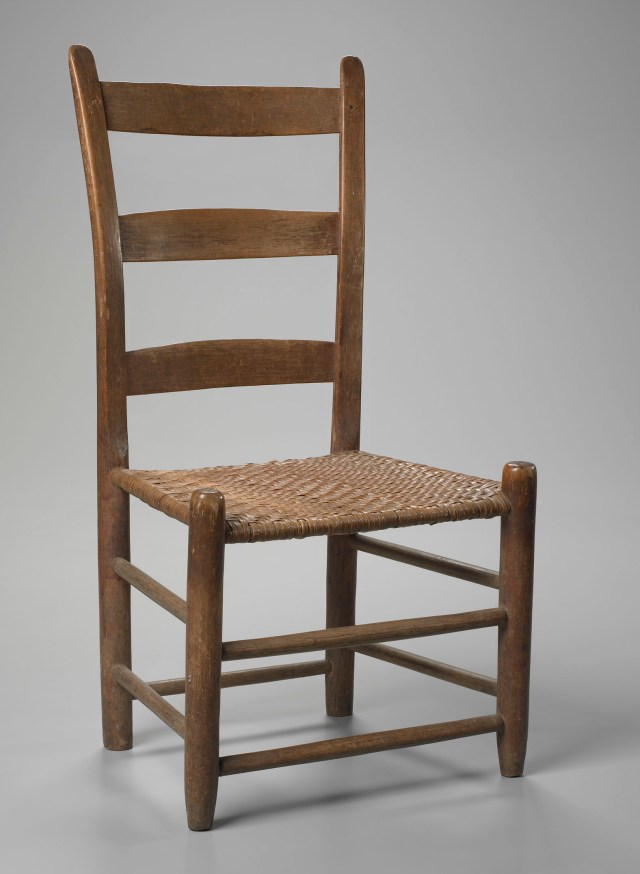
Dick Poynor (1802-1882). Dick was a prolific chairmaker, and formerly enslaved person, in Williamson County, Tennessee. He worked with a horse-powered lathe to turn his chair parts. examples of his chairs are in the collections at the Museum of Early Southern Decorative Arts (MESDA) and Yale University. Robell Awake and Charlie Ryland are preparing a show about their research on the work of Dick Poynor for the Center of Craft in Asheville, North Carolina. They are also teaching a Poynor-style chair at Pine Croft in Berea in spring 2024.
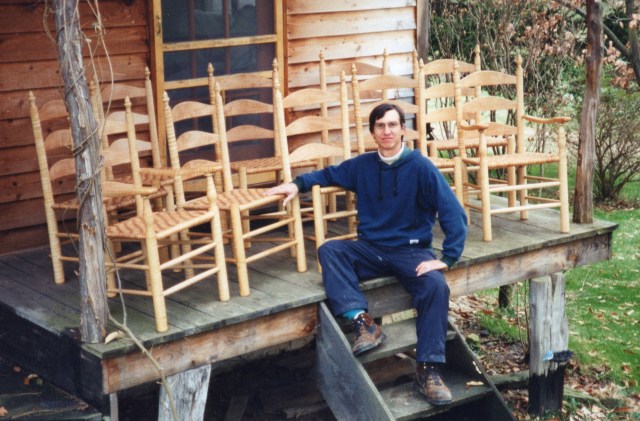
Tom Lynch. Tom is a retired chairmaker in Rock Cave, West Virginia. Throughout his long career, he taught and wrote articles for woodworking magazines in addition to making chairs. His formal chairs are turned, often in cherry, with an acorn as a finial – a decorative touch that led to his business name, Lucky Acorn Chairs.
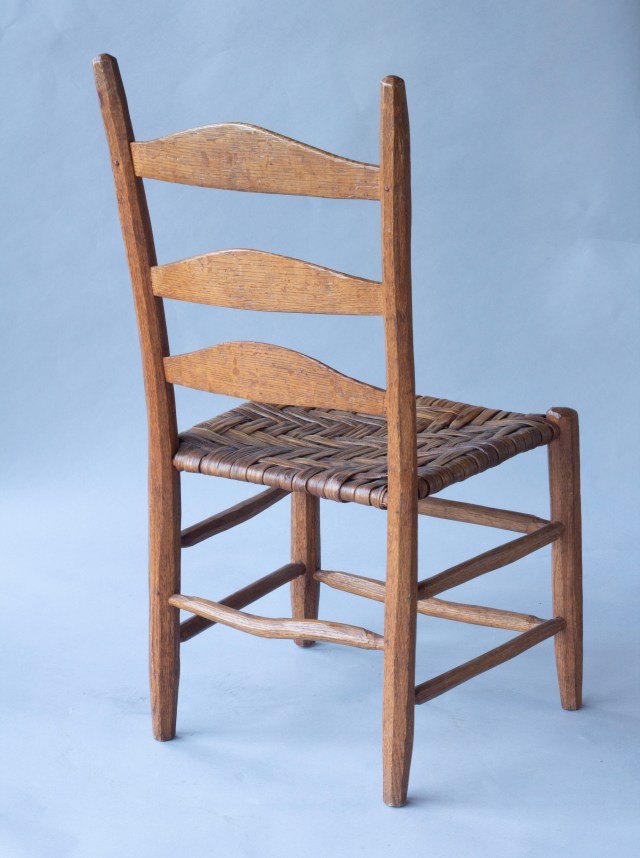
Terry Ratliff. Terry, an eastern Kentucky chairmaker, utilizes the natural movement in the wood, such as crooks and bends, to produce the unique look of his work. He has been a guest speaker/instructor at GreenWood Wrights’Fest for the past few years, and also teaches at craft schools and at local festivals.
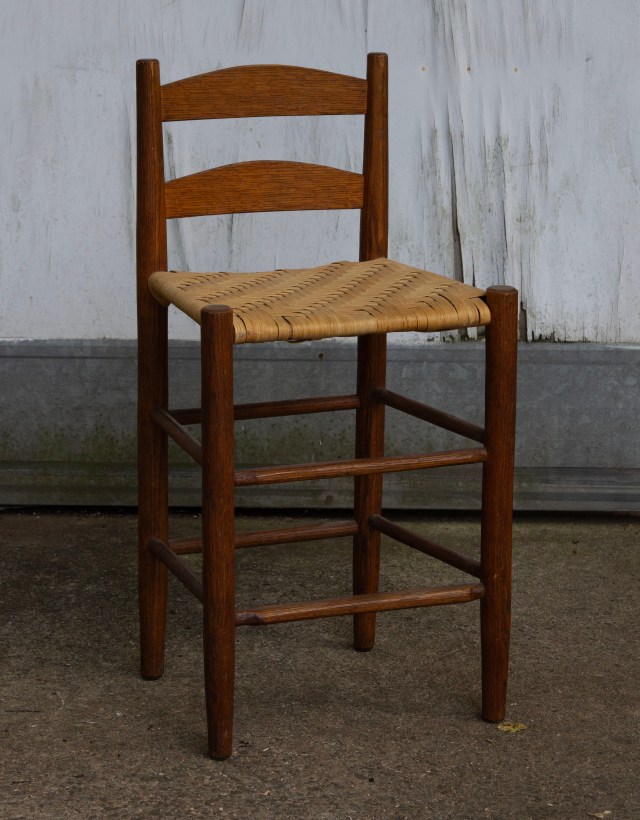
Lyle Wheeler. Lyle, of Millers Creek, North Carolina, shows his chairs at a number of craft shows and sheep and wool festivals. He has also taught at the John C. Campbell craft school.
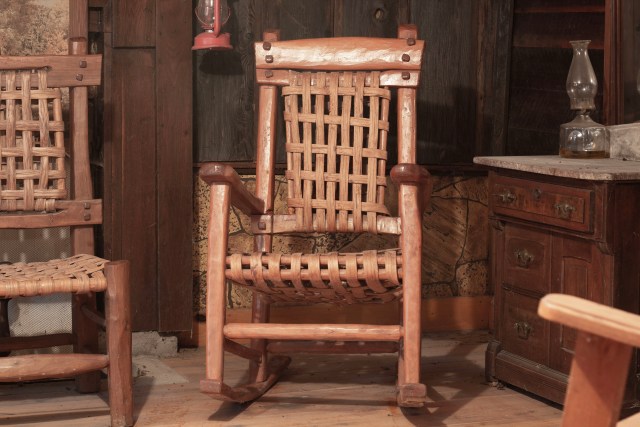
Sherman Wooton (1910-2004). Sherman started making chairs later in life, after returning to his childhood home in Hyden, Kentucky. His chairs are found in private collections and were sold in galleries within Appalachia.


